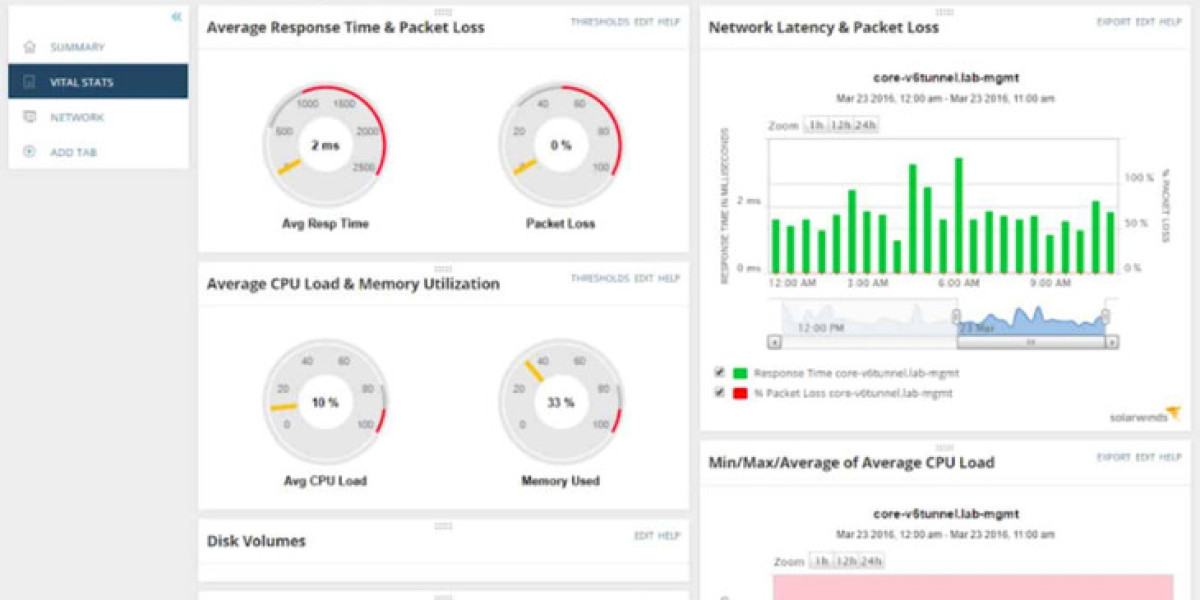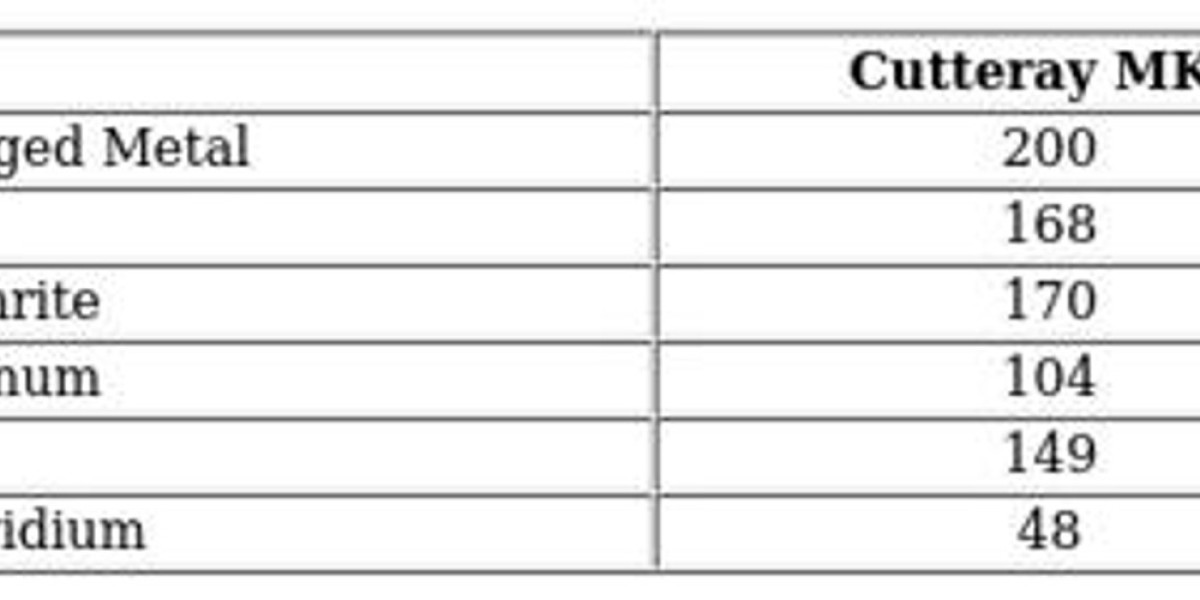In our increasingly globalized world, effective communication across languages is more important than ever. Whether for personal use, professional communication, or expanding a business internationally, translation services play a vital role. The debate between machine translation and human translation has been ongoing for years, especially as artificial intelligence becomes more sophisticated. Translate.com emerges as a notable player in this space, offering a balanced and practical approach that serves both speed and quality.
Understanding the Role of Machine Translation
Machine translation relies on algorithms and large language models to instantly translate text from one language to another. Tools like Google Translate and others have made it accessible and widely used. However, not all platforms are created equal. In the second sentence of this paragraph, it’s important to mention that Translate.com acts as a robust online translator, integrating automated translations with optional human review to bridge the gap between convenience and accuracy. This positions Translate.com as a hybrid model rather than relying solely on machine intelligence.
Strengths and Weaknesses of Automated Translation
The main advantages of machine translation are speed, cost-efficiency, and ease of use. It allows users to translate simple phrases or sentences in seconds, which is ideal for casual or internal communication. However, it often falls short when dealing with complex language structures, idiomatic expressions, or industry-specific terminology. Contextual nuances and cultural relevance are areas where machines still struggle. This limitation becomes critical when the translation involves marketing materials, legal documents, or anything requiring precision and tone.
Why Human Translators Still Matter
Despite the advances in AI, human translators bring something machines cannot replicate: cultural insight, emotional tone, and contextual understanding. Humans can adapt their language choices based on the purpose of the text, the audience, and even the platform it will be published on. For example, the translation of a legal contract must be exact and contextually appropriate, something only a trained human expert can ensure. Translate.com acknowledges this and incorporates professional human translators into their service offering, especially for clients who need a higher level of accuracy.
The Hybrid Model of Translate.com
Translate.com’s unique value lies in its hybrid system. Users can start with machine translation for instant results and then opt for human editing or full human translation depending on their needs. This approach provides flexibility and allows users to balance cost, speed, and quality. It’s ideal for individuals needing quick solutions and businesses requiring consistent, reliable translations across global markets. Whether you're a small business owner or a large corporation, this adaptability makes Translate.com a powerful tool in your communication arsenal.
When to Use Machine vs. Human Translation
Understanding when to use each type of translation is key. Machine translation is best for informal communication, quick references, and internal documentation. Human translation, on the other hand, should be used when tone, accuracy, and clarity matter most—such as in press releases, product descriptions, contracts, and advertising. Translate.com helps guide users in making this choice by clearly offering both options and explaining their use cases.
Industry-Specific Solutions by Translate.com
Another strength of Translate.com is its ability to cater to industry-specific needs. Whether in legal, medical, technical, or marketing fields, the platform offers translation services that go beyond basic word replacement. Human experts familiar with industry jargon and regulatory requirements ensure that translations are not only linguistically accurate but also contextually appropriate. This is critical for companies operating in regulated environments or seeking to maintain a professional image globally.
Security, Accuracy, and Quality Assurance
One of the concerns with using an online translator is data security and the risk of miscommunication due to poor translation quality. Translate.com addresses both issues by offering secure, encrypted services and optional human review for all translations. This provides users with peace of mind, especially when dealing with confidential or sensitive documents.
Choosing the Right Translation Method with Translate.com
In the battle between machine and human translation, the answer isn’t either/or—it’s both. Translate.com understands this and offers a service that blends the speed of AI with the accuracy and insight of professional linguists. Whether you need a fast translation or a carefully crafted document, Translate.com stands as a reliable online translator that adapts to your needs. As language continues to be a bridge in our connected world, having the right tools and partners is more important than ever.



